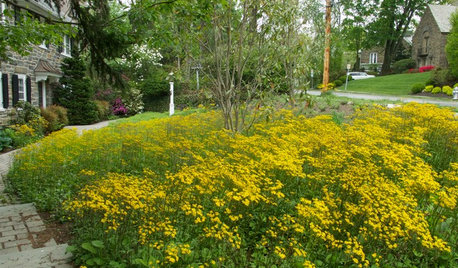Non-invasive Japanese Maples or alternatives?
smord
14 years ago
Featured Answer
Sort by:Oldest
Comments (35)
Embothrium
14 years agoIris GW
14 years agoRelated Professionals
Frisco Landscape Contractors · Bainbridge Island Landscape Contractors · Ellicott City Landscape Contractors · Fairfield Landscape Contractors · Longview Landscape Contractors · Mission Bend Landscape Contractors · Rio Linda Landscape Contractors · Marion Siding & Exteriors · Ashburn Decks, Patios & Outdoor Enclosures · Bowie Decks, Patios & Outdoor Enclosures · Framingham Decks, Patios & Outdoor Enclosures · Frederick Decks, Patios & Outdoor Enclosures · Roanoke Decks, Patios & Outdoor Enclosures · St. Louis Decks, Patios & Outdoor Enclosures · Norwood Stone, Pavers & Concretetsugajunkie z5 SE WI ♱
14 years agowhaas_5a
14 years agoEmbothrium
14 years agoken_adrian Adrian MI cold Z5
14 years agoEmbothrium
14 years agogardengal48 (PNW Z8/9)
14 years agoiforgotitsonevermind
14 years agosmord
14 years agoken_adrian Adrian MI cold Z5
14 years agosmord
14 years agobushhog936
14 years agolou_spicewood_tx
14 years agoiforgotitsonevermind
14 years agoGreenthumb
14 years agowhaas_5a
14 years agoEmbothrium
14 years agoToronado3800 Zone 6 St Louis
14 years agoEmbothrium
14 years agosmord
14 years agowhaas_5a
14 years agosmord
14 years agocalliope
14 years agopicea
14 years agoEmbothrium
14 years agoEmbothrium
14 years agoEmbothrium
14 years agoterrene
14 years agoiforgotitsonevermind
14 years agosmord
14 years agowhaas_5a
14 years agobob_cville
14 years agofamartin
10 years ago
Related Stories

TREES11 Japanese Maples for Breathtaking Color and Form
With such a wide range to choose from, there’s a beautiful Japanese maple to suit almost any setting
Full Story
GARDENING GUIDESGarden-Friendly Native Alternatives to Overplanted Exotics
There are lots of gorgeous, wildlife-friendly native plants ready to make an appearance in your garden
Full Story
LANDSCAPE DESIGNBoxwood Alternatives Bring the Chelsea Flower Show to You
Don’t let box blight limit your plans to borrow garden design ideas from the renowned British event
Full Story
GARDENING GUIDES6 Plants That Beat Butterfly Bush for the Wildlife Draw
It's invasive, a nonnative and a poor insect magnet. Check out these better alternatives to butterfly bush in the garden
Full Story
FRONT YARD IDEASBefore and After: Front Lawn to Prairie Garden
How they did it: Homeowners create a plan, stick to it and keep the neighbors (and wildlife) in mind
Full Story
SAVING WATERXeriscape Gardens: How to Get a Beautiful Landscape With Less Water
Conserve water and make gardening much easier with the xeriscape approach’s 7 principles
Full Story
GARDENING GUIDESGreat Design Plant: Bugle Weed, a Quick Ground Cover
It’s highly adaptable, suppresses weeds, reduces erosion and provide weeks of bright flowers. Just watch for invasiveness
Full Story
GARDENING GUIDESPackera Aurea Puts On a Springtime Show in Sun or Shade
This vigorous native ground cover welcomes bees with its early-blooming flowers and makes an attractive lawn alternative
Full Story
LANDSCAPE DESIGNGet Along With Less Lawn — Ideas to Save Water and Effort
Ditch the mower and lower your water bill while creating a feast for the eyes with diverse plantings and gathering places
Full Story
GREAT HOME PROJECTSHow to Replace Your Lawn With a Garden
New project for a new year: Lose the turfgrass for energy savings, wildlife friendliness and lower maintenance
Full StoryMore Discussions







lucky_p